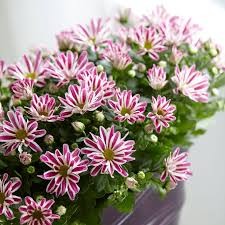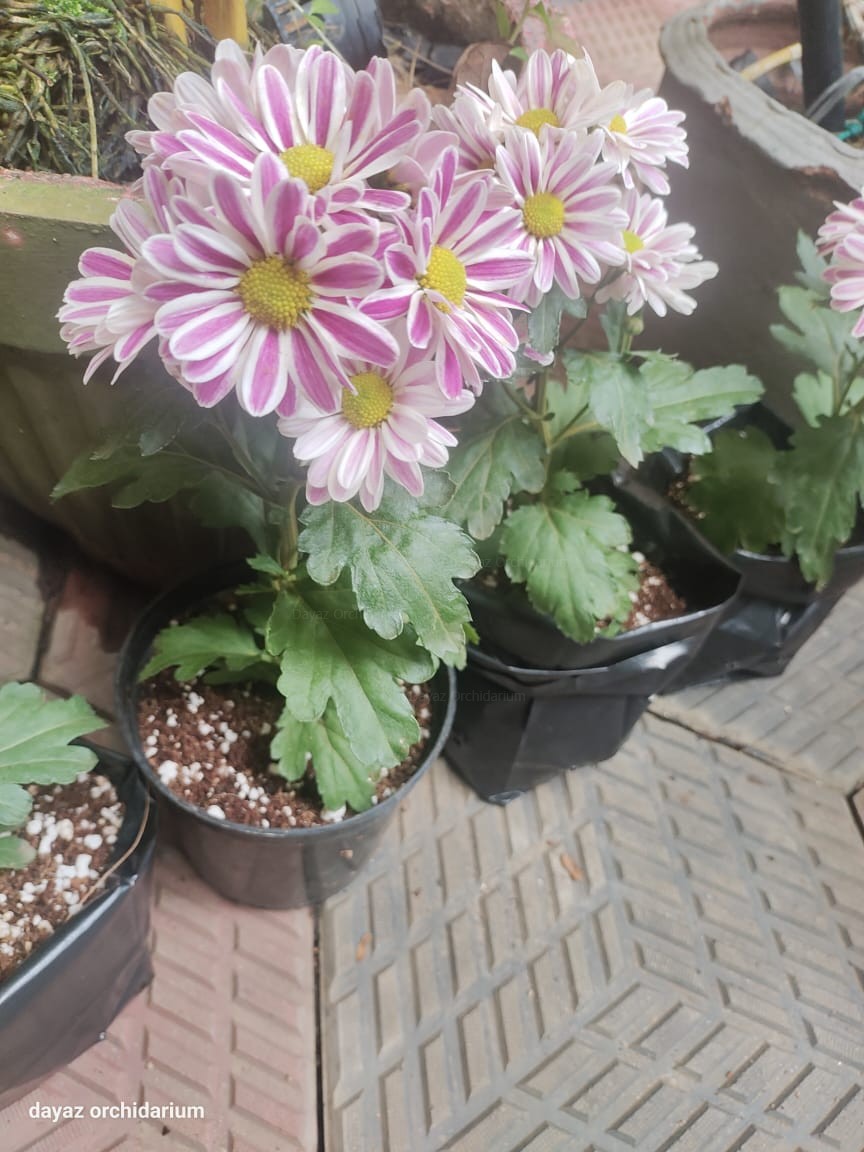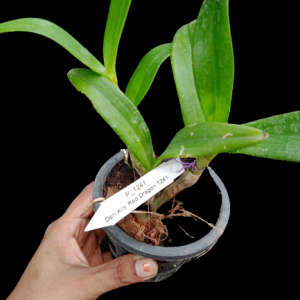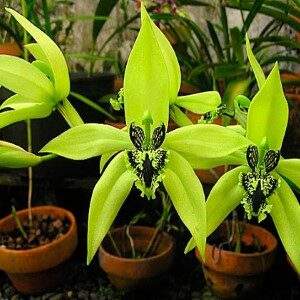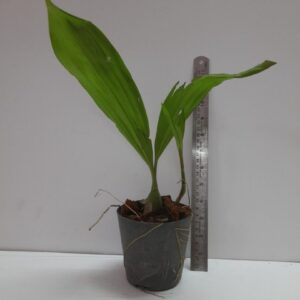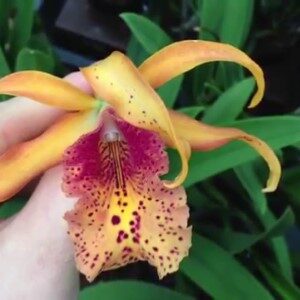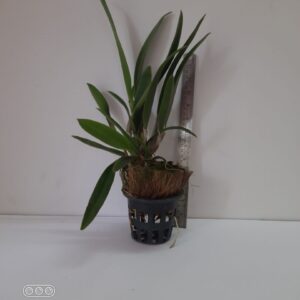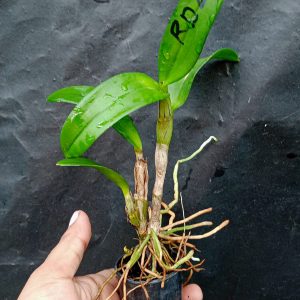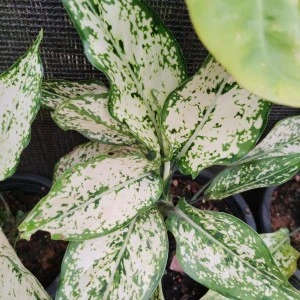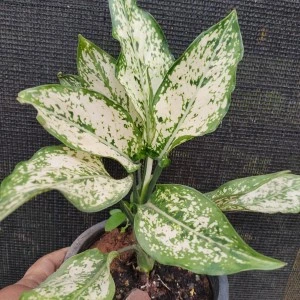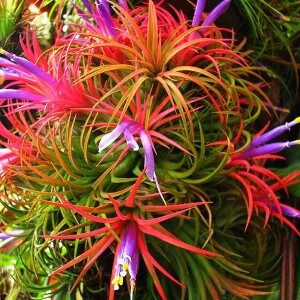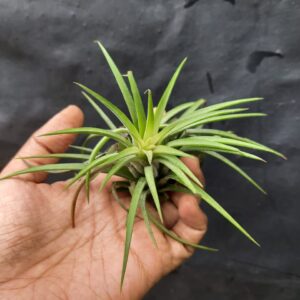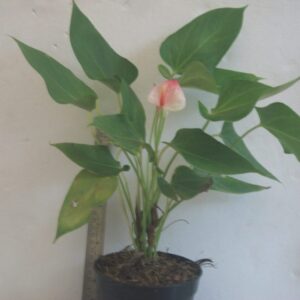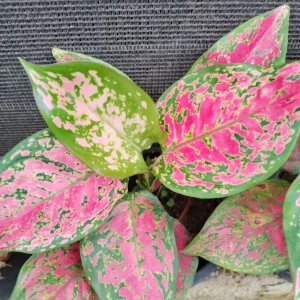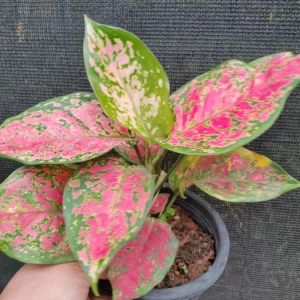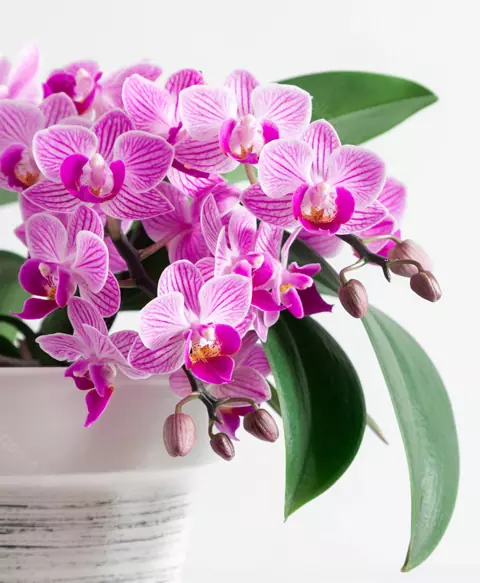Chrysanthemum indicum is a species of flowering plant in the Asteraceae family, native to East Asia. It’s commonly known as the Indian chrysanthemum or Indian mum. This species is significant in horticulture and is often used in the breeding of many garden cultivars. The “Indicum Group” refers to the various cultivars and hybrids derived from this species, which are popular for their vibrant and varied flowers.
1. Light Requirements:
- Sunlight: Ensure the plant gets full sun to partial shade. Chrysanthemums, including the ‘Robinho’ variety, thrive best in at least 6 hours of sunlight daily.
2. Soil:
- Type: Plant in well-drained, fertile soil. A slightly acidic to neutral pH (6.0 to 7.0) is ideal.
- Amendments: Incorporate organic matter like compost to improve soil texture and fertility.
3. Watering:
- Frequency: Keep the soil consistently moist, especially during the growing season. Water at the base of the plant to avoid wetting the leaves, which can lead to fungal diseases.
- Avoid Overwatering: Ensure good drainage to prevent root rot.
4. Fertilization:
- Type: Use a balanced fertilizer (e.g., 10-10-10) or one slightly higher in phosphorus to encourage blooming.
- Schedule: Fertilize every 2-4 weeks during the growing season (spring and summer). Reduce feeding as the blooming period approaches.
5. Pruning and Pinching:
- Pinching: Regularly pinch back the growing tips during the early growing season (until early summer) to encourage bushier growth and more flowers.
- Deadheading: Remove spent flowers to promote continued blooming and maintain plant appearance.
6. Pest and Disease Management:
- Common Pests: Watch for aphids, spider mites, and leaf miners. Treat infestations with insecticidal soap or neem oil.
- Diseases: Be vigilant for powdery mildew and other fungal infections. Ensure good air circulation and avoid overhead watering to minimize the risk.
7. Winter Care:
- Hardiness: If you’re in a colder climate, consider mulching around the base of the plant in late fall to protect the roots from freezing.
- Indoor Care: In areas with harsh winters, ‘Robinho’ can be dug up and overwintered indoors or grown as a potted plant.
With proper care, the Chrysanthemum indicum ‘Robinho’ should produce vibrant, healthy blooms that will brighten your garden through late summer and fall.


